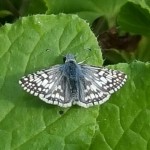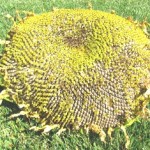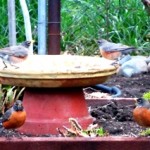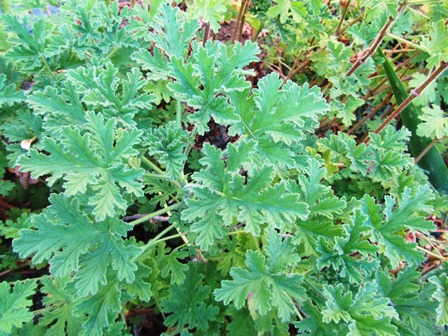Plant for the Pollinators
I seldom need an occasion to put in another bed of flowers, but this is National Pollinator Week. I think a new bed is in order to attract local bees, birds, bats, and butterflies–all considered pollinators. Having these small creatures around benefits landscapes, gardens, and orchards.
The U.S. Fish and Wildlife Service has noted that over 75 percent of our plants are pollinated by birds, animals, and insects. We can help ensure these creatures will be around for a long time if we restore their habitats and ensure they have food and water.
There are many lovely plants you can grow that don’t require a lot of care.
- lavender
- bee balm
- echinacea
- sage
- cilantro
- thyme
- sunflowers
- sweet alyssum
- anemone
- borage
- geraniums
- scented pelargoniums
- mint
A tapestry of colorful herbs and flowers beautifies your landscape and pollinators love the diversity. If you don’t have a lot of space, grow some of these plants in planter boxes, clay pots, or other types of containers.
Put in a water feature, too, such as a table-top or larger fountain that recycles water. Even a pottery saucer filled each day can attract pollinators.
It won’t take long for the bees and hummingbirds to find the water. Their frequent visits are fun to watch, and they’ll likely be sipping throughout the day.
_________________________________________________________________________
If you enjoy reading about farmette topics, check out my Henny Penny Farmette series of cozy mysteries from Kensington Publishing. My newest novel includes delicious recipes, tips on keeping bees and chickens, and much more. Click on this URL for more information, http://tinyurl.com/ya5vhhpm
.
Scented Geraniums
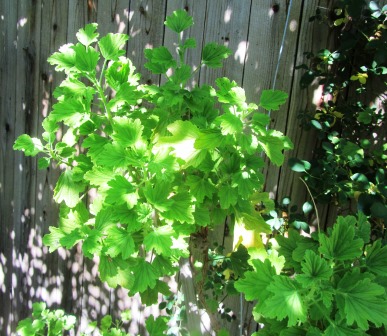
This lemon-scented Pelargonium crispum thrives in part shade and produces inch-wide, white-and-pink blooms
Brushing up against the leaves of a scented geranium releases fragrance to the area where they grow. It’s the main reason why these varieties are grown because those that bloom do not flower as colorfully or profusely as zonal geraniums.
They do, however, require the same care as zonals. They do best in well-drained, loose soil and this applies whether they are grown in pots or in the ground. They need water, but can tolerate some dry conditions.
Some scented geraniums grow from four-to-six feet tall with rounded leaves and range from a half inch to six inches (similar to oak leaves). Rubbing the leaves gently releases their potent and pleasing aroma.
Growing scented geraniums is easy and a delight to the senses. Why not try some in your garden? The following is a list of scented geraniums, suggestive of their diversity:
- Pelargonium crispum; lemon fragrance
- Pelargonium denticulatum; pine fragrance
- Pelargonium x fragrans; nutmeg fragrance
- Pelargonium graveolens; rose fragrance
- Pelargonium x nervosum; lime fragrance
- Pelargonium odoratissimum; apple fragrance
- Pelargonium scabrum; apricot fragrance
- Pelargonium tomentosum; peppermint fragrance
 Facebook
Facebook Goodreads
Goodreads LinkedIn
LinkedIn Meera Lester
Meera Lester Twitter
Twitter




